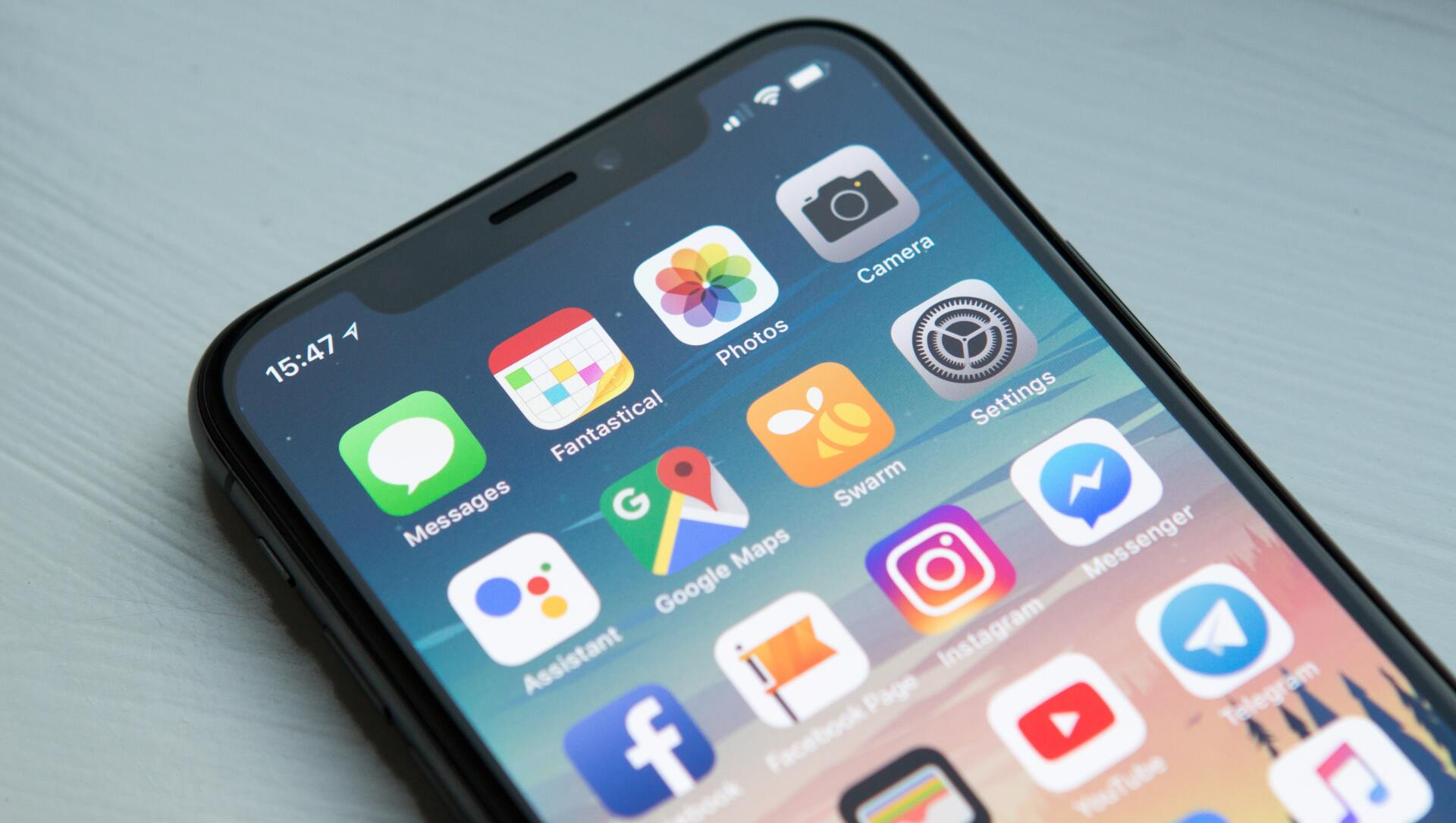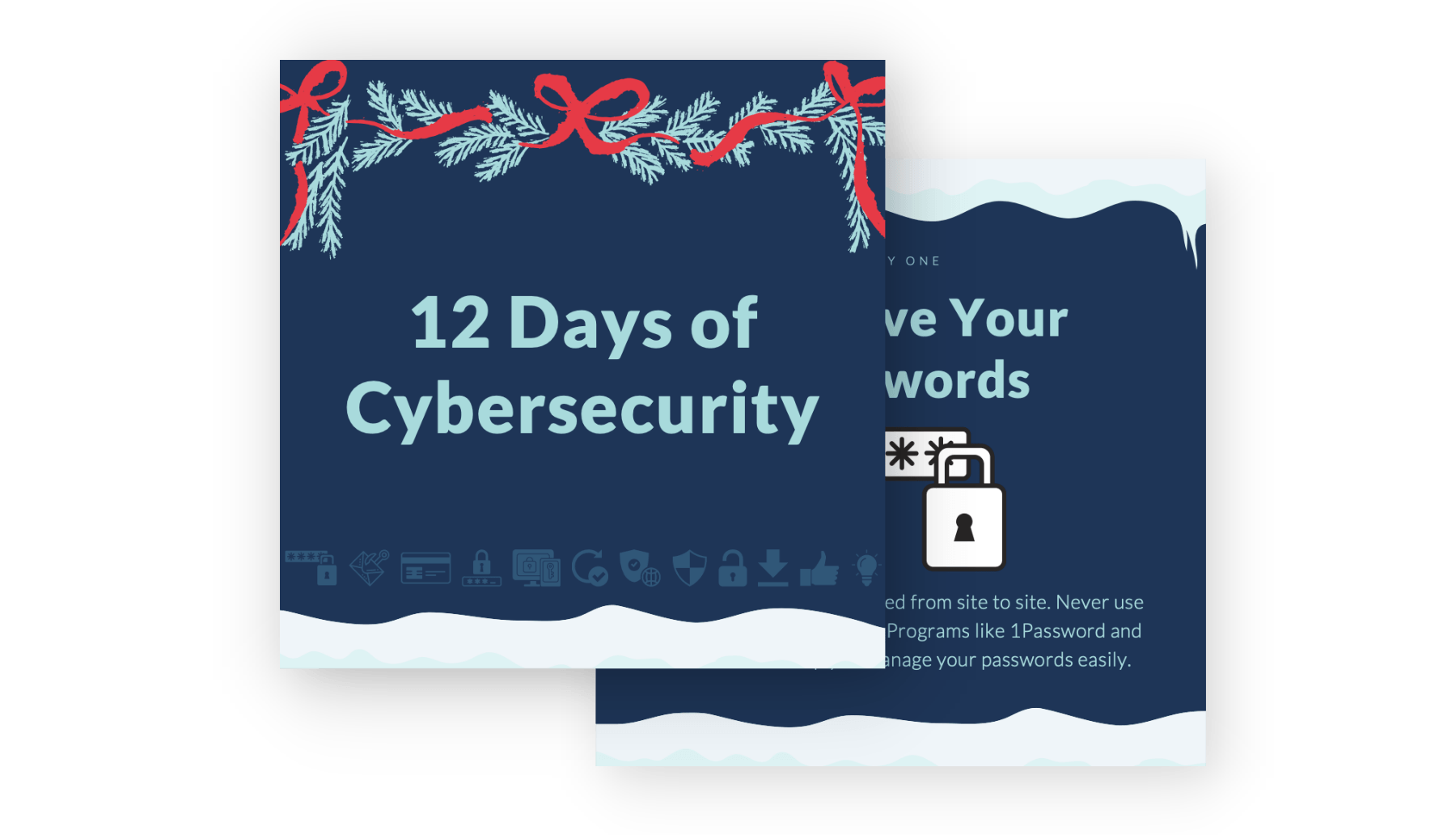Introduction
One of the most expensive threats to any industries are cyber attacks. Last year (2021) alone, Cyberattacks cost the world close to $6 trillion. Cyberattacks not only cause a loss of money, but a loss of personal information, products, data, and even business.
Many companies are now starting to realize the full threat of Cyberattacks on their business and are taking steps to fix their security issues. However, it is not an easy one-and-done fix. Cybersecurity is essentially a never-ending race between an industry’s security measures and a hacker’s abilities.
Although Cyberattacks are constantly upgrading, many businesses think that one or two measures are enough to consider everything done and protected. There isn’t a simple solution.
Pretty much any industry is at risk of Cyberattacks. However, there are a few that are targeted heavily. These are places where a lot of data is stored that can give hackers new identities, money, or information to sell on the black market. These industries are often overworked and underfunded and don’t have enough money to dedicate to constant Cybersecurity, even though they need it the most.
We will show you the seven industries that need to be the most aware and steps anyone can take to protect themselves and their business from a cyber attack.
Which 7 Industries Face The Most Cyberattacks?
1. Financial Services
Financial Services such as banks are terrifying when hacked. These can be hacked on a whole company level or a personal level.
On a personal level, hackers can create false emails that link you to the wrong website to gather your login information. This is especially effective with the increase of online banking. This can be scary because, until your money is gone or purchases are made, you might not even know you’ve been compromised.
Another frightening statistic is that it can take close to 2/3rds of a year (233 days) to contain a data leak in financial services. From 2016 to 2020 and possibly beyond, Financial institutions have been number one in the most targeted industry.
This is due to the sheer amount of information and money that hackers can get from financial institutions. Hackers can gain access to enough information to steal identity as well as access to your bank accounts and hard-earned money.

2. Construction/Manufacturing
Phishing and Ransomware are some of the most common Cyberattacks for construction and manufacturing companies. These can have a huge impact on the country’s defense and protection, depending on what the company was working on.
Up to 21% of all ransomware attacks occur with manufacturing companies. They were the second most attacked industry in 2020, receiving 18% of all attacks. This was doubled from the previous year.
Blueprints, financial information, and even the identity of the client or workers can be stored in one system, making it easily collected. This can lead to personal information being stolen and the company fired as private and secret details are taken.
3. Businesses
This is a large category, as many types of businesses are attacked every year. However, small businesses and retail tend to be the two faces that are targeted most. No company is safe. Some people predict that by the end of 2021, ransomware could attack a business as often as once every 11 seconds.
Setting up training and security against Cyberattacks can be costly, but paying a ransom to get data back from hackers can cost, on average, around $312 thousand per attack.
Due to the use of credit cards in retail, they are a high target, getting 10% of all attacks in 2020 and 16% in 2019. Not only is this costly to the retail company as they try to recover their information, but it puts the customer’s finances at risk as well.
Small businesses are often attacked for ease. They might not have as much financial information as a large chain like Target, but they are relatively easy to hack into, as many small businesses don’t have the knowledge or money to protect their computers and devices.
4. Higher Education Facilities
Higher Education Facilities face a unique risk with Cyberattacks. Social scams such as fishing and social engineering can significantly impact schools. With such a constant flow of hundreds to thousands of people entering and leaving a school each year, it is hard to educate and update security information continuously.
For example, disgruntled past students may be able to come back and gain information if passwords and software weren’t updated enough. Even if they are, they may have friends still in school that will give them the information.
However, new students can also fall prey to scams, such as opening a dangerous website, or email, downloading an app, or accidentally giving away passwords or information to a scammer.
Schools, like hospitals, contain a lot of information on their students, such as loans, financial, and address information. Things like Social Security Numbers can also be taken, making it easy for people to steal full identities.
Schools often only have a small budget for Cyberattacks and software. Up to 44% of higher education institutions were attacked in 2020, and over 72% of devices on campus were using old software that doesn’t have access to the highest level of Cybersecurity.

5. Energy Companies
Power outages halted water supplies, and down phone lines can also occur due to hackers. This can impact important places like hospitals or even halt web or online security parts.
Energy companies have a hard time watching for hackers, as there are many physical and internet-based ways for hackers to access information. With energy companies stretched thin over large areas, it can be hard to monitor all of the information all the time.
Energy companies suffered around 11% of all Cyberattacks in 2020, and 35% of those were attempted data theft and leaks.
6. Government/Military
Ransomware also impacts government branches and the military. Over a third of all attacks on the government were some form of ransomware. The government and military also get attacked frequently, as hackers attempt to leak or uncover data, making up 25% of all attacks on this industry.
This may be from national hackers, but it can just as likely be from foreign enemies attempting to attack or gain information.
There is a lot of information listed on government websites about the personnel involved in the government and the military. This can include people going undercover to hunt down big criminals, spies, and even families of members in the military or government.
However, it isn’t just members of the government/military that are affected. These agencies also hold citizen information like DMV records, Social Security Numbers, fingerprints, and more.
This information can be stolen or held for ransom by people targeting these branches.
7. Healthcare
During the COVID-19 pandemic, there were a lot of hacks focused on healthcare. In one year alone, they went from only 3% of all attacks to 6.6%. With many more people working from home and not receiving proper training on Cybersecurity measures, this time allowed many hackers to gain access to important data.
This can be an issue, as hospitals and health research companies have a lot of personal data on file. Birthdays, Social Security Numbers, billing information, and health problems are often some of the information targeted by hackers.
With issues such as ransomware, items are held for ransom until the company or person agrees to pay a certain fee (or forever, as there is no guarantee the hacker will return the information). The healthcare industry lost around $4 billion in just one year from attacks. Despite this cost, more than 27 million patient records were stolen and sold.
This can severely hamper healthcare workers and health research as research information, patient history, and patient charts can be lost. Also, it endangers patients as their information can be stolen.

Why Should You Care About Cyberattacks?
Cyberattacks are incredibly dangerous. They cost industries billions of dollars every year. However, these cyberattacks aren’t just something that companies have to worry about. Depending on the leaked information, people’s lives can be turned upside down.
If cyberattacks aren’t properly taken care of, customers can have their identities, money, or personal information stolen. Some may even be sold on the black market.
How to be Proactive About Preventing Cyberattacks?
Identify Which Attacks are Most Common
One of the first steps to protecting yourself or a business in your industry is determining what scams and Cyberattacks are most common. For example, small businesses are often attacked by ransomware and phishing scams. Most individuals are targeted with social scams or phishing scams, which come from accidentally giving a person access to your device, giving them the information they can use to log into your accounts, or fake emails, texts, or phone calls.
By identifying what you or your company is most susceptible to, you can work to protect yourself from those attacks first.
Keep Team Members Trained
Scams involving an angry ex-employee or another person are very common. Start by training your team not to open or respond to emails or texts while on the premises. It is also important to train them not to install any new software or apps without prior permission. This helps to reduce a lot of phishing scams.
Also, constantly updating your software and deleting ex-employee login information quickly reduces the risks.
Pay to Have a Tech Team in Place
Though it can cost money to have an IT team ready to respond or on-premises, it can cost even more to be unprepared for a Cyberattack. You can save a lot of money by paying a little to keep a team that can constantly update your software, firewalls, and is ready to respond to an attack.
Having a team in place can also ensure you have backups if your files become encrypted due to ransomware. Most people who are attacked and forced to pay a ransom are able to get their information back due to backups, not from paying the ransom.
Most IT professionals suggest not to pay a ransom, as you have no guarantee that they will give your information back.
Always Update
Constantly updating your software is one of the most important security measures you can take, besides training your employees. Many companies that have been attacked are targeted a second time and often by the same hacker.
By updating your software and security measures, you protect yourself from becoming a frequent target and costing yourself money and the trust of your customers over and over again.

Cyberattacks Don’t Just Target Industries
Industries are the most targeted, as there is access to multiple sets of information and hundreds or thousands of people. It also allows those who start the Cyberattack to get the most money either from ransoms or selling information on the black market.
However, some Cyberattacks focus on smaller targets. It is estimated that hackers attack up to two people or industries a minute. This is over one million attacks a year, and the number is only going up. While many of these are small businesses and large industries, there are still plenty of people harmed.
It is important for industries to up their standards and for people to be aware of what they are doing and keep an eye on their information and bank accounts. Some attacks don’t get noticed until months later, and by then, your information could be all over the internet. By being vigilant, you can know when your information is being used and catch it before it gets too far.
Cybersecurity depends more than just an individual being vigilant. When companies are attacked, it can harm thousands of people at once. For this reason, raising awareness of Cybersecurity among industries is important too. No matter how vigilant you are, information can be spread if a large company is targeted. Companies must focus on preventative measures to protect themselves and their customers.
Are you concerned about the cybersecurity of your company? Edge Networks can help! If you’d like to find out how your company is performing and isolate weaknesses in your cyber defenses, schedule a call with us or take our free, self-guided IT Security Risk Assessment.







































